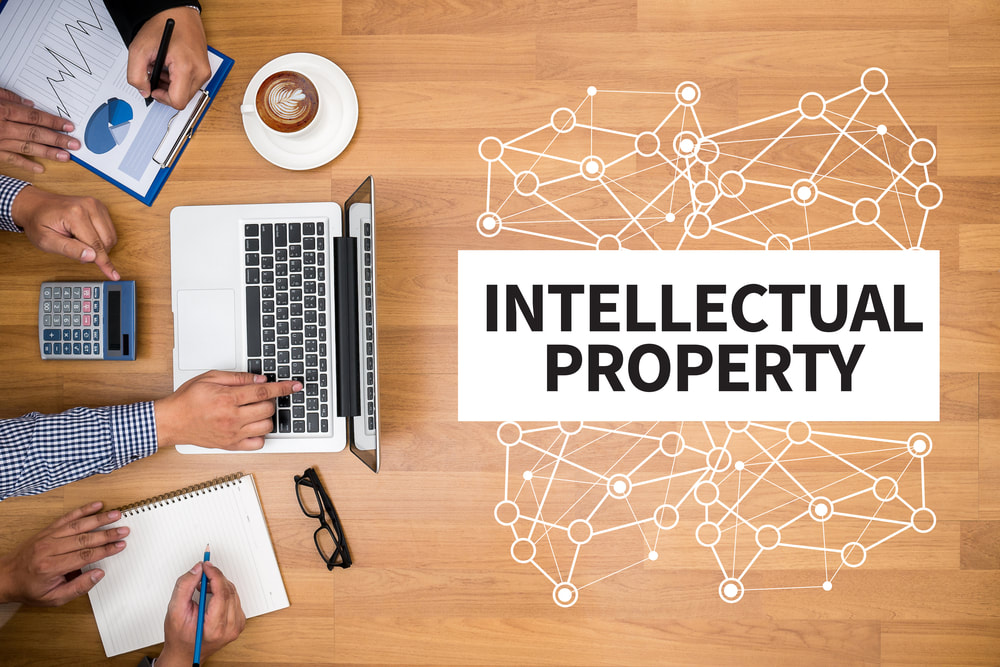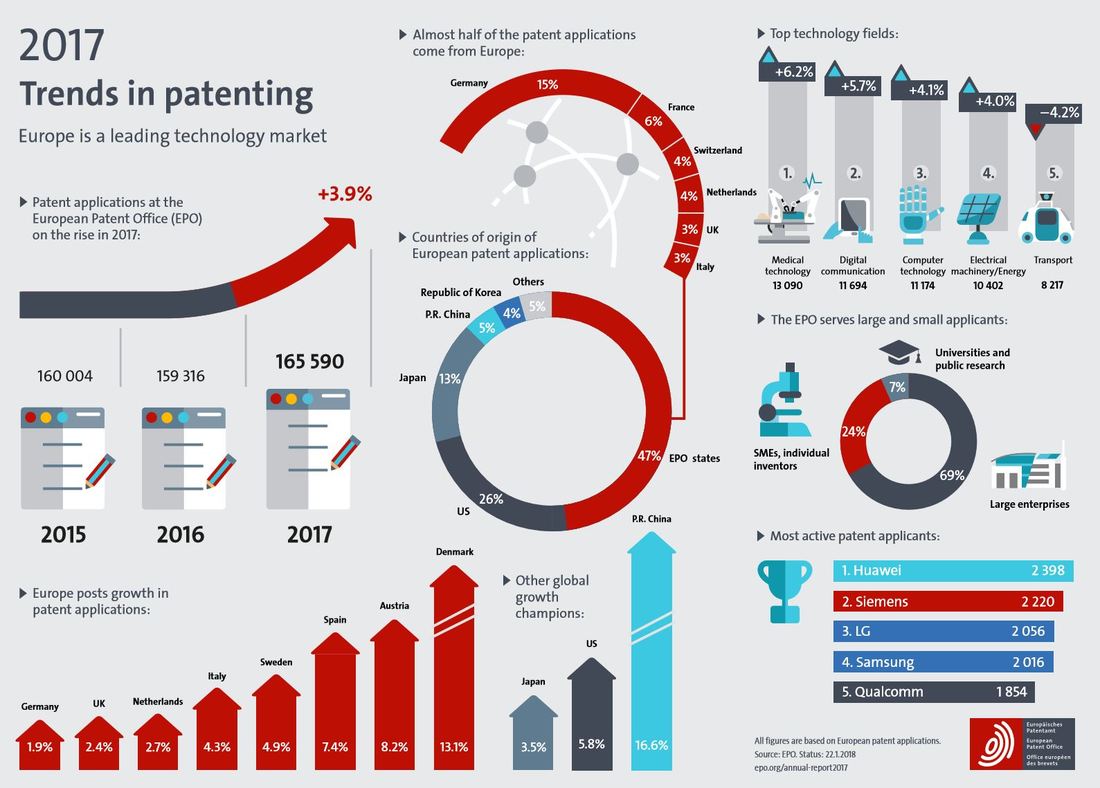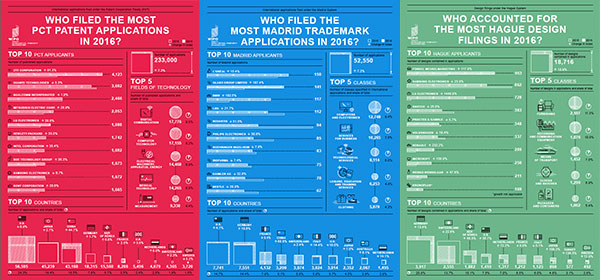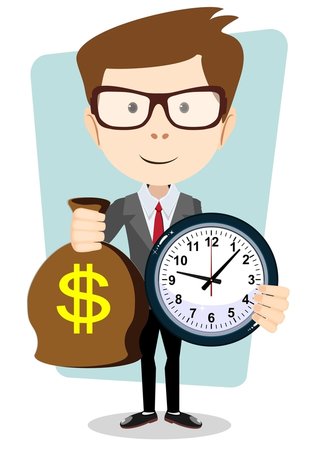The formal concept to manage this challenge in business is called Sales Pipeline Management. It´s bridging today´s deal-by-deal business execution with the projected business attainment on an opportunity-by-opportunity basis. While, it is the shared formal concept for all stakeholders, it allows for different perspectives:
While there are plenty of publications on Pipeline Management, I would like to share some perspective, why Quality must beat Quantity! Ideally, all your opportunities convert to business and contribute to the goal attainment. However, reality is very different. Deals are slipping into future quarters, they close smaller than expected or simply are lost. Let me introduce some commonly used concepts to address the lack of control on the pipeline:
In essence, you can either further mobilize your demand generation engine to put more deals into the pipeline (increase Quantity) or lose less from it (increase WinRate) - either way, you will need to prepare for the unexpected. Important to keep in mind that both approaches are limited by available sales capacity of the organization. As far as the laws of mathematics refer to reality, they are not certain; and as far as they are certain, they do not refer to reality. The Spreadsheet Acrobats will tell you that the required future Pipeline Threshold to hit your future sales target ("pipeline coverage") will be the future target to go plus an % uplift. The amount of required % uplift is defined by the % amount of historically lost deals. In other words, we set the pipeline coverage goal high enough so, we -hopefully- cater for potential future losses.
The mathematical approach alone is not getting you on the safe side. You end up in an unhealthy race fighting lost opportunities with more demand generation. However, the more pipeline volume we expect, the more difficult it is to find sufficient deals and the harder it gets to reach a similar success rate again. Fighting the tendency of dropping WinRates through incremental volume requirements we can call the Matryoshka Effect in Pipeline Coverage Requirements - the Pipeline Coverage targets keep going up while WinRates are trending downwards. In reality, many leaders still prefer to drive the hard fact based, quantitative approach over qualitative coaching. The reason is simple: It´s easier to scale pipeline generation within a sales organization (all hands on deck!"), than coaching sellers, partners and marketing for elevated deal quality. The only way to escape Matryoshka’s appetite for more is by putting focus on the qualitative approach to deals, both on the Demand Generation and on the Deal Management side. Increasing the number of healthy deals (and the healthy meals for Matryoshka) will get your pipeline into a stable, healthy state. Give it a serious try, put focus on the organizational capability and you will be surprised, both by the qualitative and the quantitative effects it triggers.
The very practical approach of Coaching for Pipeline Success [Keith Rosen] works well for me but, Training alone doesn't develop champions. Leaders do!
0 Comments
There is a chicken-egg-interdependency of business- and Intellectual Property strategy. This explains, why IP-strategy discussions without a deep understanding of business makes no sense. Seeking the core of business transformation in digital technology adoption only is not enough. The Intellectual Property Strategy will likely decide who takes control on the whole value chain and the underlying business model - who sits in the front seat and who must find a place on the backbench. Even though that patents represent a part of innovation only, they still indicate where the energy is in a respective geography, industry, or even company. The annual reports of patent offices provide some interesting perspectives worth exploring. The factory of the future will have only two employees, a man, and a dog. The man will be there to feed the dog. The dog will be there to keep the man from touching the equipment.
With the separation of Software from Hardware arriving in automotive industry, a whole set of new proprietary software with respective End User Licensing Agreements (EULA) will be coming down the road. It seems we soon have to familiarize ourselves with the fact that we can´t own a car entirely anymore - primarily not because we all move into the share economy model but driven by the fact that the car manufacturer will no longer own or control the required software IP. Automotive Industry for years pushed towards external innovation and external labor to reduce capital lockup - Software IP will be a game changer for car vendors who want to keep control on their core business. This idea is intriguing us because manufacturers need to go beyond selling physical car assets and must discover us drivers as customers - welcome to next generation Customer Relationship Management and the essence of customer intimacy for an old economy! However, transformation in software industry is going deep as well. What has worked in a traditional productized Sell-To model needs to get complemented by Sell-With and Sell-Through approaches to meet the new customer expectations. Software IP gets embedded in products, cloud-based services become essential part of other products or your current customer may want to join forces with you on innovation. Either way, it´s time to revise value propositions, to reskill the salesforce and to tune the commercial backbone towards new ways of monetization. Digital Transformation, Industry 4.0 and a solid IP Strategy belong together and form the common ground for your business in near future, so let´s prepare for it now. Good news, the cheese may already have moved on but the opportunity maybe bigger than ever and the driver seat is not decided yet!
For example, the authors are not asking why “CRM self-reported data maybe inherently flawed” but propose the approach “to analyze the digital exhaust of calendar and email metadata” instead. We can be rest assured that it will be 10 AM again and that time will tell how many of their top performing sellers are willing to accept the proposed micro management approach to optimization. It´s clear that maintaining business data in CRM is not the first thing a seller will fall in love with but why should metadata from calendar, mail or any other app maybe in better shape or even be more insightful than explicit business information? - Data quality is about discipline but sustainability only can be achieved where relevant business conversation drives respective demand for it. Times of the Lone Wolves in sales are over and contemporary solution selling approaches mandate efficient teamwork. The better you coach this in every interaction with your sellers, the more you inherently drive demand for systematic alignment. This will make the case for efficient Time Management and, ultimately it shows the difference between a metering tool and CRM as a sales productivity engine. Selling into complex enterprises is a time intense endeavor, so let´s maximize selling time for your teams, e.g. balancing all internal work with the amount of time they need to spend properly serving customers. Time Management also remains a key enabling factor on seller level, requiring to systematically coach and develop every individual – probably starting with yourself! If you want to learn more on how to practically approach Time Management, Keith Rosen recently published his new book: “Own Your Day!”. It´s worth reading and opens eyes on why your calendar may yet not be the ideal starting point to conclude optimization from. Either way, Coaching or Inspection - you decide but be aware: No one expects the Spanish Inquisition! 😉
|
Andreas Engelis an experienced business leader working 25+ year in high-tech industry - leading, growing and transforming high-performance sales organizations, balancing short term results with long term strategy to drive new business growth. CATEGORIES
All
ARCHIVES
April 2020
|








